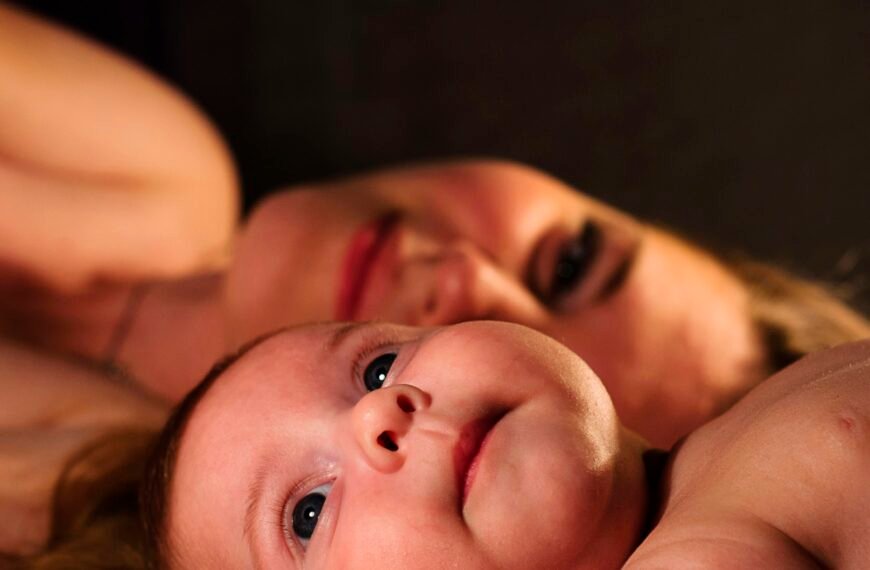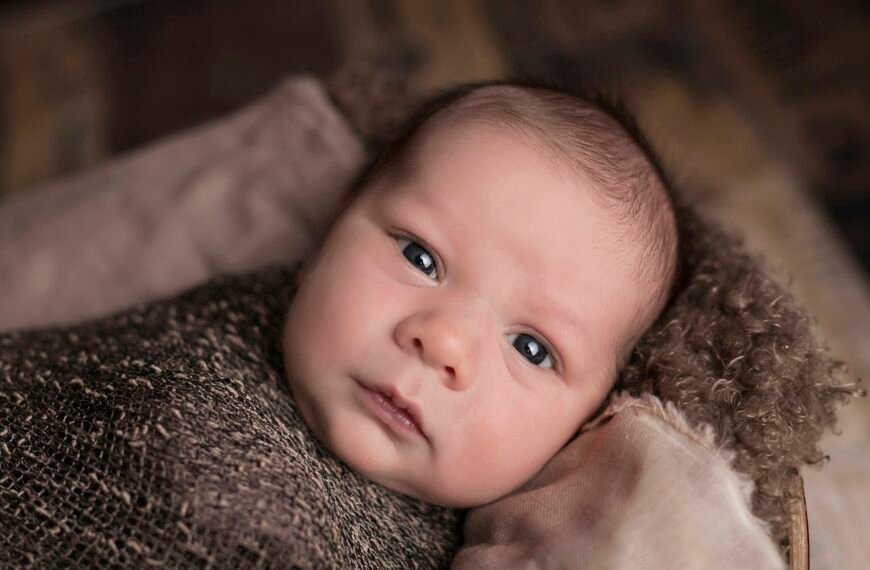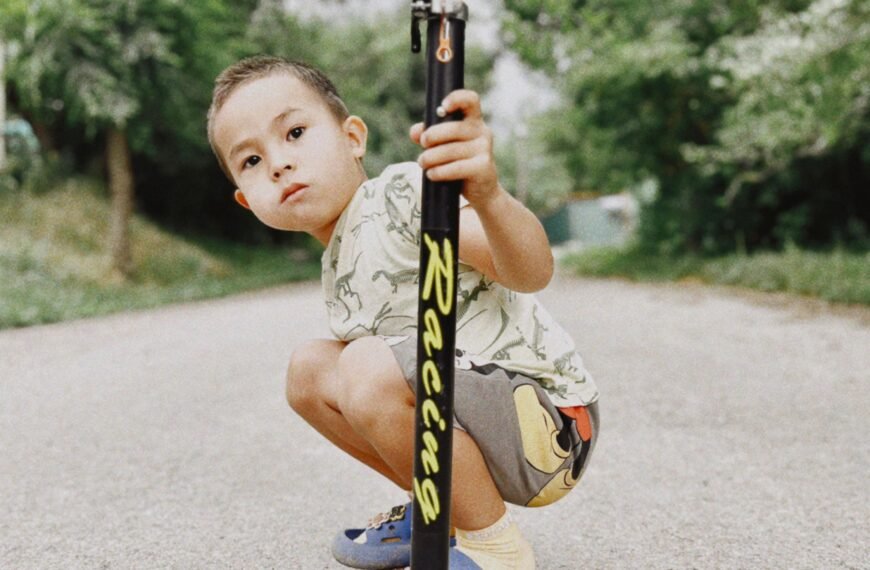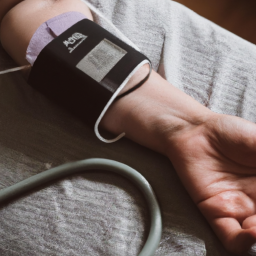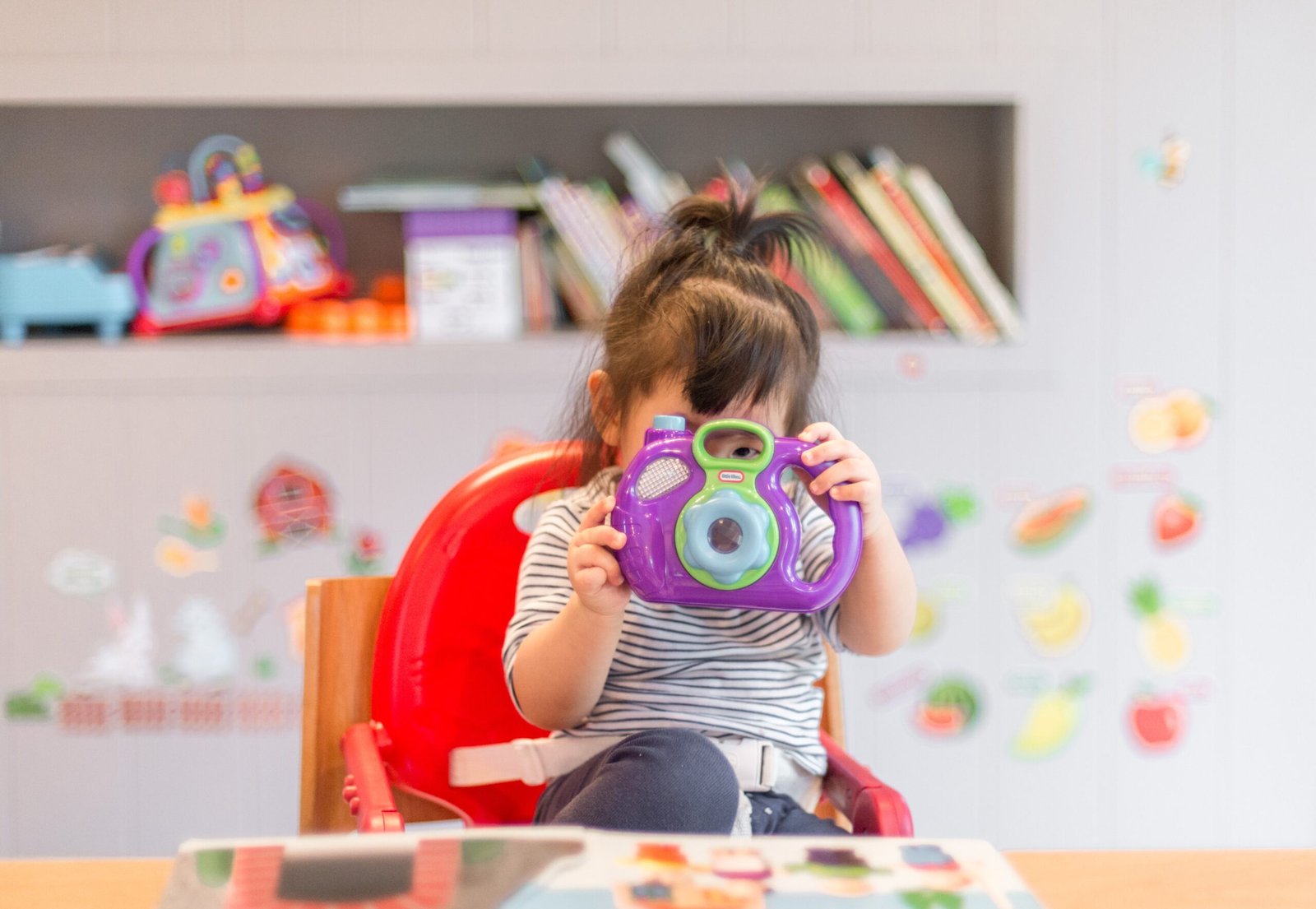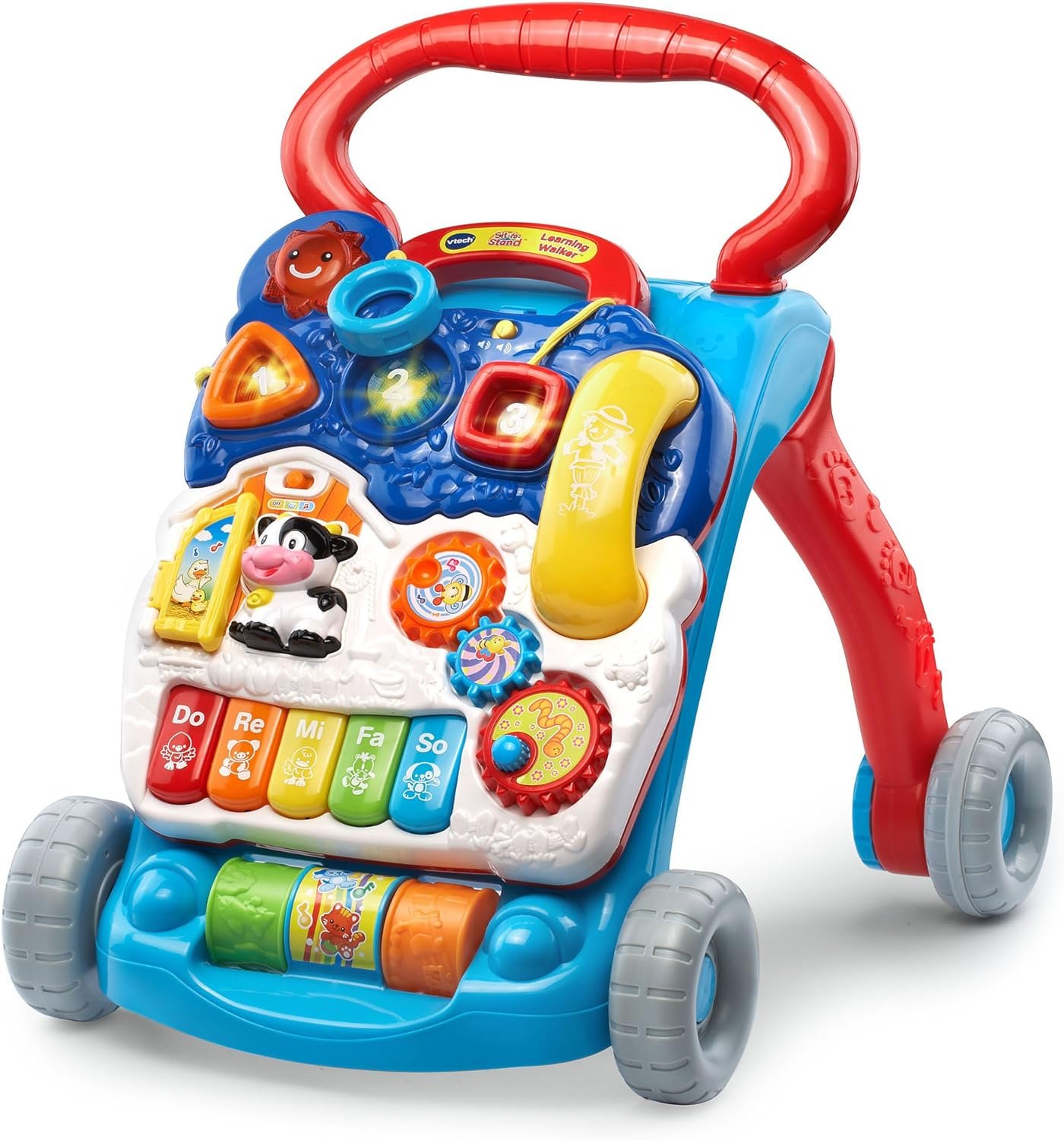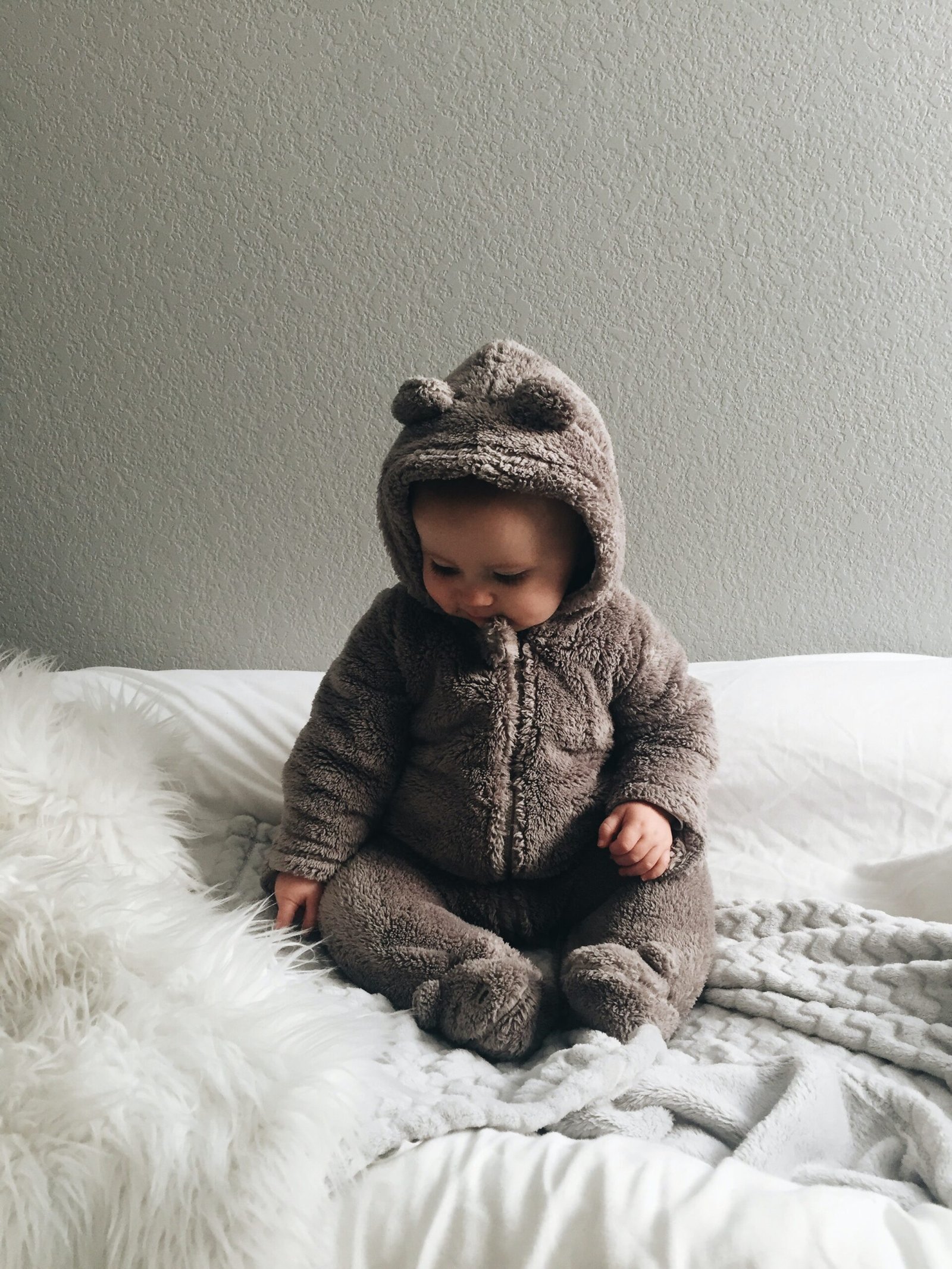Having baby toys around is essential for your little one’s development and entertainment. But have you ever wondered how often you should clean them? Ensuring the cleanliness of your baby’s toys is crucial for their health and safety. In this article, we will explore the recommended frequency for washing baby toys and provide you with helpful tips to keep them germ-free. Get ready to discover the importance of maintaining a clean play environment for your precious bundle of joy.
Check Baby Toys Guide & Review
Why is it important to wash baby toys regularly?
As a parent, ensuring the cleanliness and hygiene of your little one’s environment is always a top priority. Washing baby toys on a regular basis is an essential part of maintaining a healthy and safe play area for your child. There are several key reasons why it is important to wash baby toys regularly.
Preventing the spread of germs and bacteria
Babies love exploring their surroundings, and their toys often end up in their mouths. This means that baby toys can easily become a breeding ground for germs and bacteria. Regularly washing them helps to minimize the risk of your baby coming into contact with harmful microorganisms that can cause illnesses or infections.
Maintaining cleanliness and hygiene
Baby toys can accumulate dirt, dust, and other debris over time. Regular washing helps to remove these particles, ensuring that the toys remain clean and hygienic. Clean toys not only look better but also create a healthier play environment for your little one.
Reducing the risk of illness and infections
Babies have developing immune systems that are more susceptible to illnesses and infections. Dirty toys can harbor viruses, bacteria, and other pathogens that can make your child sick. By washing baby toys regularly, you can significantly reduce the risk of your little one falling ill due to contaminated toys.
When should you wash baby toys?
Now that we understand the importance of regular toy cleaning, let’s discuss when you should wash baby toys. There are several occasions when it’s necessary to give your little one’s toys a good wash.
Before first use
Before your baby gets to enjoy a new toy, it’s crucial to wash it thoroughly. New toys often come into contact with various substances during the manufacturing and packaging process. Giving them a gentle wash before your baby plays with them for the first time helps eliminate any dirt or residue they may have picked up along the way.
Regularly, at least once a week
To maintain a clean and hygienic play environment, it is recommended to wash baby toys at least once a week. This frequency ensures that any bacteria or germs that may have accumulated in between playtimes are eliminated. Regular toy cleaning also helps to keep your child’s toys in good condition for longer, allowing them to be enjoyed for an extended period.
Immediately after they become soiled or dirty
Accidents happen, and it’s not uncommon for baby toys to become soiled or dirty during playtime. Whether it’s a spill, a dirty diaper mishap, or teething drool, it’s essential to clean toys promptly after they become dirty. Leaving soiled toys uncleaned can lead to the growth of harmful bacteria and may pose a risk to your baby’s health.
After being shared or used by other children
If your baby’s toys have been used by other children, it’s crucial to wash them before letting your little one play with them. Sharing toys is a fun and social activity, but it also means that germs from other children can be transferred onto the toys. Washing shared toys helps to prevent the spread of germs and ensures a safe playtime for your baby.

How to clean different types of baby toys
Now that we know when to wash baby toys, let’s explore how to clean different types of baby toys. From plastic toys to fabric toys, each type requires specific cleaning methods to ensure they are properly sanitized and well-maintained.
Plastic toys
Plastic toys are a popular choice for babies due to their durability and versatility. To clean plastic toys, start by washing them with warm soapy water. Use a mild dish soap or baby-safe detergent and scrub the toys gently using a soft brush or cloth. Rinse the toys thoroughly with clean water and allow them to air dry. For an extra level of disinfection, a mild bleach solution can be used. Mix 1 tablespoon of bleach with 1 gallon of water and soak the toys for 5 minutes. Rinse them thoroughly afterwards and ensure that no bleach residue remains. Avoid submerging toys with batteries or electronic components to prevent damage.
Rubber or silicone toys
Rubber or silicone toys, such as teething rings or bath toys, are commonly used by babies. To clean these toys, start by washing them with warm soapy water using a mild dish soap. Use a soft brush or cloth to gently scrub the toys, paying extra attention to any areas that may have collected dirt or grime. For a deeper sanitization, rubber or silicone toys can be boiled in water for a few minutes or placed in the dishwasher on a gentle cycle. Avoid using harsh cleaning products or excessive scrubbing, as these can damage the toys.
Fabric or plush toys
Fabric or plush toys are often cherished companions for babies, providing comfort and entertainment. Before cleaning fabric or plush toys, check the care label to determine whether they are machine-washable. If they are, place them in a mesh laundry bag to protect them during the washing process. Use a gentle cycle with mild detergent and wash the toys in cold or lukewarm water. Avoid using hot water, as it may damage the toys or cause colors to fade. Once the washing cycle is complete, remove the toys from the bag and allow them to air dry or use a low heat setting on the dryer. Ensure that they are thoroughly dry before returning them to your baby.
Wooden toys
Wooden toys are not only durable but also provide a natural and aesthetically pleasing play experience. To clean wooden toys, start by wiping them with a damp cloth. Use mild soap if necessary, but avoid excessive moisture that can lead to warping or mold growth. After wiping, ensure that the toys are completely dry before allowing your baby to play with them. Regularly inspect wooden toys for any signs of wear or damage, such as splintering or loose parts, and promptly repair or replace them to maintain their safety.
Additional tips for cleaning baby toys
In addition to the specific cleaning methods for each type of baby toy, here are some additional tips to ensure the cleanliness and safety of your little one’s toys.
Inspecting toys regularly for damage or wear
Regularly inspecting baby toys for any signs of damage or wear is crucial for your child’s safety. Check for loose parts, broken pieces, or sharp edges that may pose a risk to your baby. Promptly repair or replace any damaged toys to prevent accidents during playtime.
Disinfecting toys that have been in contact with sick children
If your baby’s toys have been in contact with sick children or have been used in public spaces, it’s essential to disinfect them. This helps to minimize the spread of germs and reduces the risk of your child falling ill. Use a disinfectant spray or wipe to thoroughly clean the toys, paying extra attention to areas that are frequently touched or mouthed by your baby.
Avoiding the use of harsh chemicals or cleaning products
When cleaning baby toys, it’s important to use gentle cleaning products and avoid harsh chemicals. Babies have sensitive skin and may put toys in their mouths, so using non-toxic and baby-safe cleaning solutions is essential. Opt for mild dish soaps, baby-friendly detergents, or natural cleaning agents whenever possible.
Keeping toys away from the kitchen sink or toilet
To prevent cross-contamination and maintain hygiene, it’s best to keep baby toys away from areas where you wash dishes or use the toilet. These areas can harbor bacteria and germs that may transfer to the toys. Designating a separate cleaning area or using a baby-friendly cleaning basin can help keep toys clean and free from potential contaminants.

Storing and organizing clean baby toys
Once you have successfully cleaned your baby’s toys, it’s important to store them properly to maintain their cleanliness and organization.
Designating specific storage areas for toys
To prevent toys from becoming scattered and misplaced, designate specific storage areas for different types of toys. Use bins, shelves, or toy chests to keep toys organized and easily accessible. This not only helps maintain a clean play area but also makes it easier to rotate toys to prevent excessive use or boredom.
Keeping toys in clean and dry containers or bins
When storing baby toys, it’s important to keep them in clean and dry containers or bins. Avoid using containers that have accumulated dirt or moisture, as these can potentially transfer onto the toys. Regularly clean and sanitize the containers to ensure a hygienic storage environment for your little one’s toys.
Regularly sanitizing storage containers
Just like toys, storage containers can also harbor germs and bacteria. Regularly sanitize the storage containers by cleaning them with warm soapy water and rinsing them thoroughly. Alternatively, you can use disinfectant wipes or sprays to wipe down the containers. This extra step helps to keep the toys in a clean and hygienic storage environment.
Rotating toys to prevent excessive use or boredom
To keep playtime engaging and exciting for your baby, consider rotating their toys every few weeks. This helps to prevent excessive use of the same toys and encourages exploration of different playthings. Additionally, rotating toys can help stimulate your baby’s development and prevent boredom.
Conclusion
Regularly washing baby toys is essential for your little one’s safety and well-being. It helps prevent the spread of germs and bacteria, maintains cleanliness and hygiene, and reduces the risk of illnesses and infections. By following proper cleaning guidelines for different types of baby toys, you can ensure that your child plays in a healthy environment. Remember to inspect toys regularly, disinfect when necessary, avoid harsh chemicals, and store toys in clean and organized containers. By prioritizing the cleanliness of your baby’s toys, you create a safe and enjoyable playtime experience for your little one.








